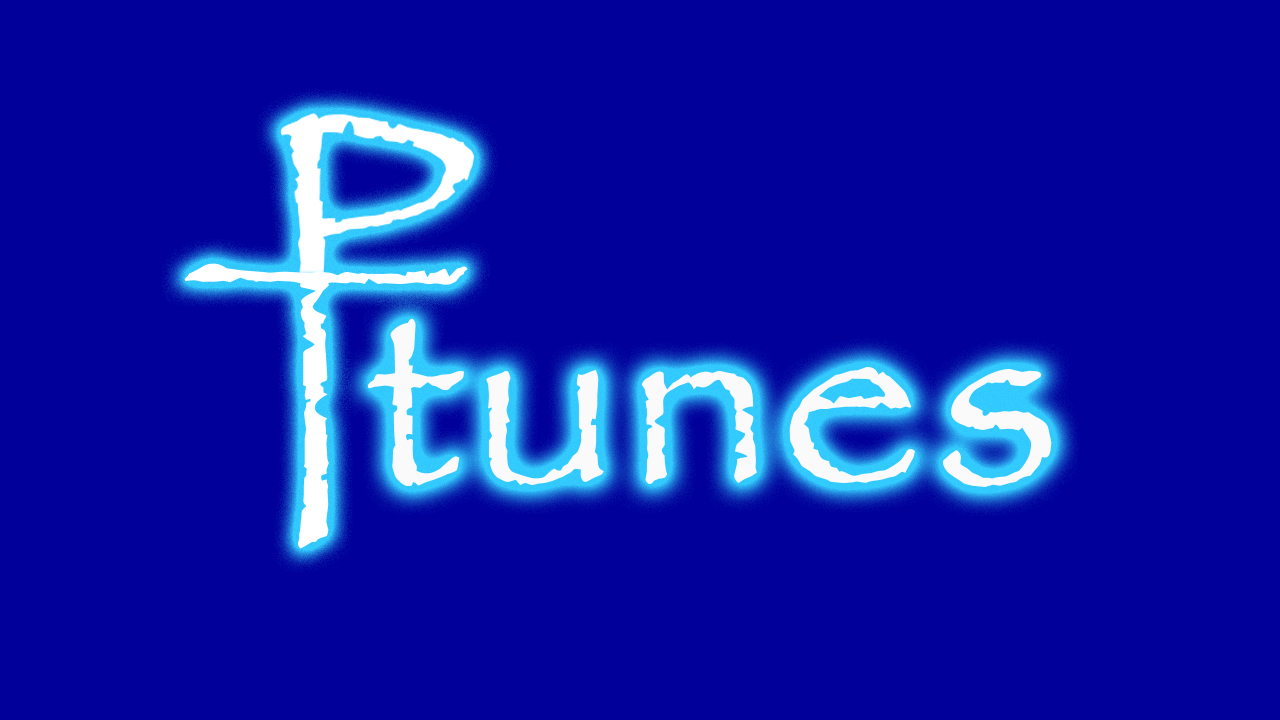Cosmology of the Painting: Ksitigarbha
 My idea for this painting was to place the Buddha in space. The tessellated floor makes reference to a dimensional plane, which represents the whole horizontal or a series of horizontal planes or membranes between universes. This floor has axes or points of intersection in the same way as the grids of energy points around the planet. It also can be seen as the plane of planetary consciousness, or our horizontal consciousness connected with the terrestrial plane of human experience and parallel planes.
My idea for this painting was to place the Buddha in space. The tessellated floor makes reference to a dimensional plane, which represents the whole horizontal or a series of horizontal planes or membranes between universes. This floor has axes or points of intersection in the same way as the grids of energy points around the planet. It also can be seen as the plane of planetary consciousness, or our horizontal consciousness connected with the terrestrial plane of human experience and parallel planes.
The vertical vector crosses through the different horizontal planes. This vector is represented by the seven chakras, which rise up from the root to the crown chakra and beyond. It also represents the way the vibrations of the Sanskrit and Tibetan languages flow. This energetic movement can be seen on the little Buddha with his seven chakras rising up to his crown and beyond. Over his crown is the lotus on which stands the Buddha of the Great Compassion, who represents the higher self or Overself of the small Buddha. This vertical energy flow between the small Buddha and his Overself affects the whole horizontal plane, allowing for the energy of this plane to be lifted up from every one of the intersection points of the grid, and by doing that a type of chamber or hall is created.
The Buddha of the Great Compassion also called Ksitigarbha and is known as the Buddha of the Great Vow. The story tells how he, in the form of a woman in one life, prayed a lot for his (her) mother’s sake because the mother was in hell and was asking for her deliverance. The vision in Buddhism of hell is a temporal place for purification. Because of her prayers the mother was then born as the daughter, who started speaking and describing how terrible the experience of hell is and also said that in the new life she was going to continue to have turmoil so as to complete the purification process.
Ksitigarbha in deep anguish asked the Buddha to free her mother, who would also commit to the Vow to remain in Samsara (the endless wheel of pain and suffering of all the six realms) in service to all sentient beings until the last soul escapes from Samsara (especially from the hell realm), until the liberation of all sentient beings. Since then, this Buddha incarnates in diverse forms, such as an animal, mountain, or as a human in distinct genealogical lines, in order to liberate distinct genetic traits and soul groups from this plane and from their limitations and suffering.
Around in the great aura of Ksitigarbha is placed the Buddha’s Heart Sutra in the Sanskrit language but with Chinese characters:
Gate, Gate, Paragate, Parasamgate, Bodhi svaha
Go, Go, Go Beyond, Go Completely Beyond, Be Completely Liberated, Emancipated!
The Chinese language also represents the horizontal vibratory plane, so in this way the Chinese together with the vertical vibrations, form a great cosmic cross in space.
Above the crown of the Great Buddha is the seal that is the geometry known as Metatron’s Cube, which contains all the rainbow colors in a spiral form. In this geometry all the basic geometries and platonic solids are found and it represents the Light engineering of the Higher Heavens commanded by the supreme Archangel or Cosmic Engineer, Metatron, whose name means the Closest to the Throne. The geometry represents the vehicle known as the Merkabah in the Hebrew scriptures, which is the vehicle used to circumnavigate between universes.
The colors of the rainbow also represent this vehicle, which was taught by the great teachers of the East who attained what was called the Rainbow Body or Light Body of many colors. In some Asian traditions this was also called the Dragon Body. In this attainment, the physical body is liberated or transformed and attains the luminous reality of the many colors as the vehicle for going beyond to other planes of universal realities. When these masters do this they leave traces in this plane only of their hair, nails, and great wisdom. They take their physical body with them in form of a rainbow.
The rainbow also represents the ecumenical work of the gathering of all the tribes, or of all spiritual vibrations. It is the arc of the covenant of Aaron, and is the covenant that God gave to Noah which was the appearance of the rainbow in the sky as a sign. In addition, the rainbow represents the garment coat of many colors of Joseph who gathered all his brothers, or all the tribes in Egypt, as a symbol and example of this ecumenical work for exalting, glorifying, and being a Light on to all the Nations.
In conclusion, this painting is the representation of the great compassion of all Buddhas and bodhisattvas that call us to go beyond this plane of our limitations and our cycles of pain and suffering, and to move towards self realization and the living experience of Nirvana in the here and now.
Adamu Hernandez
